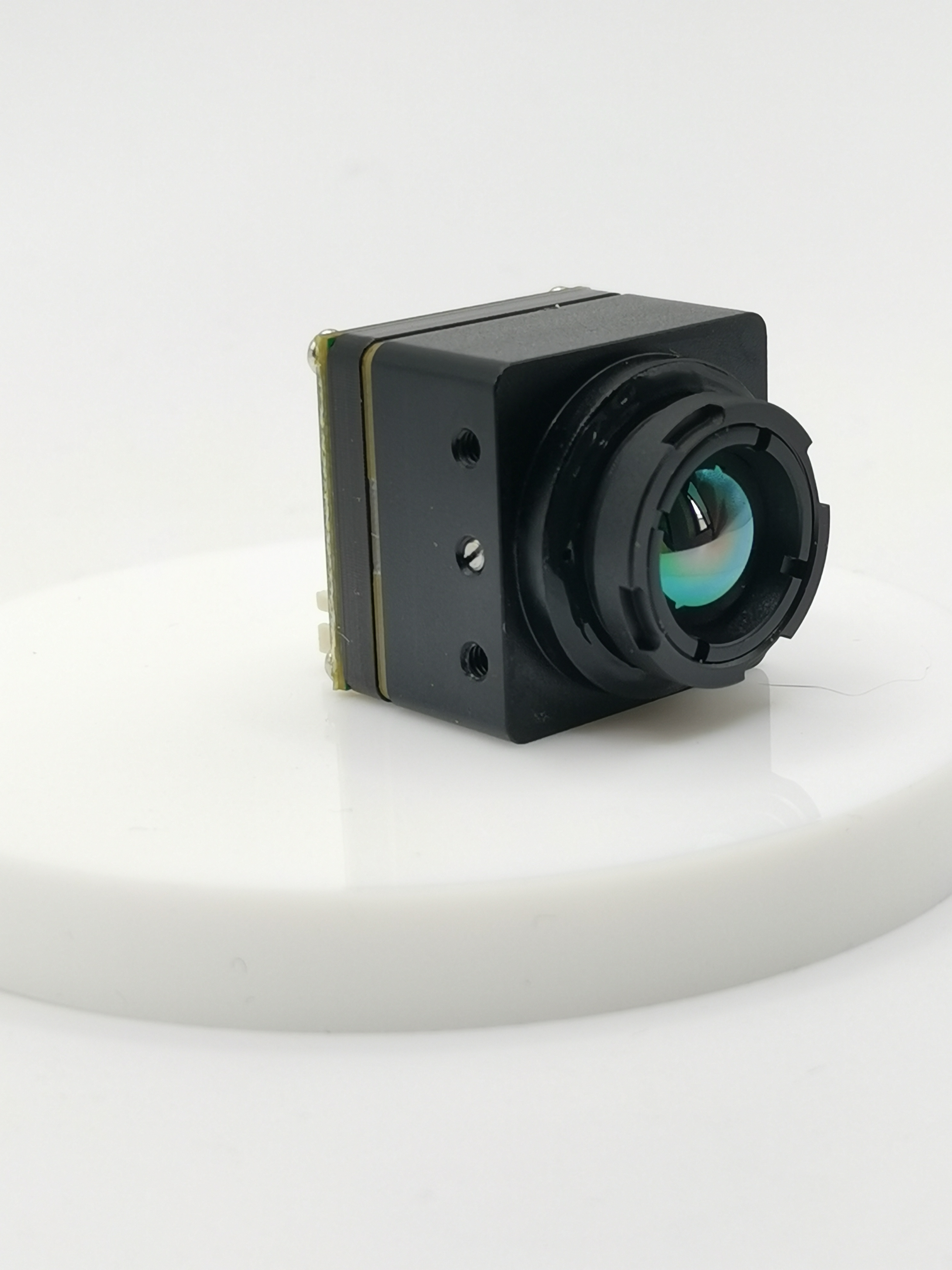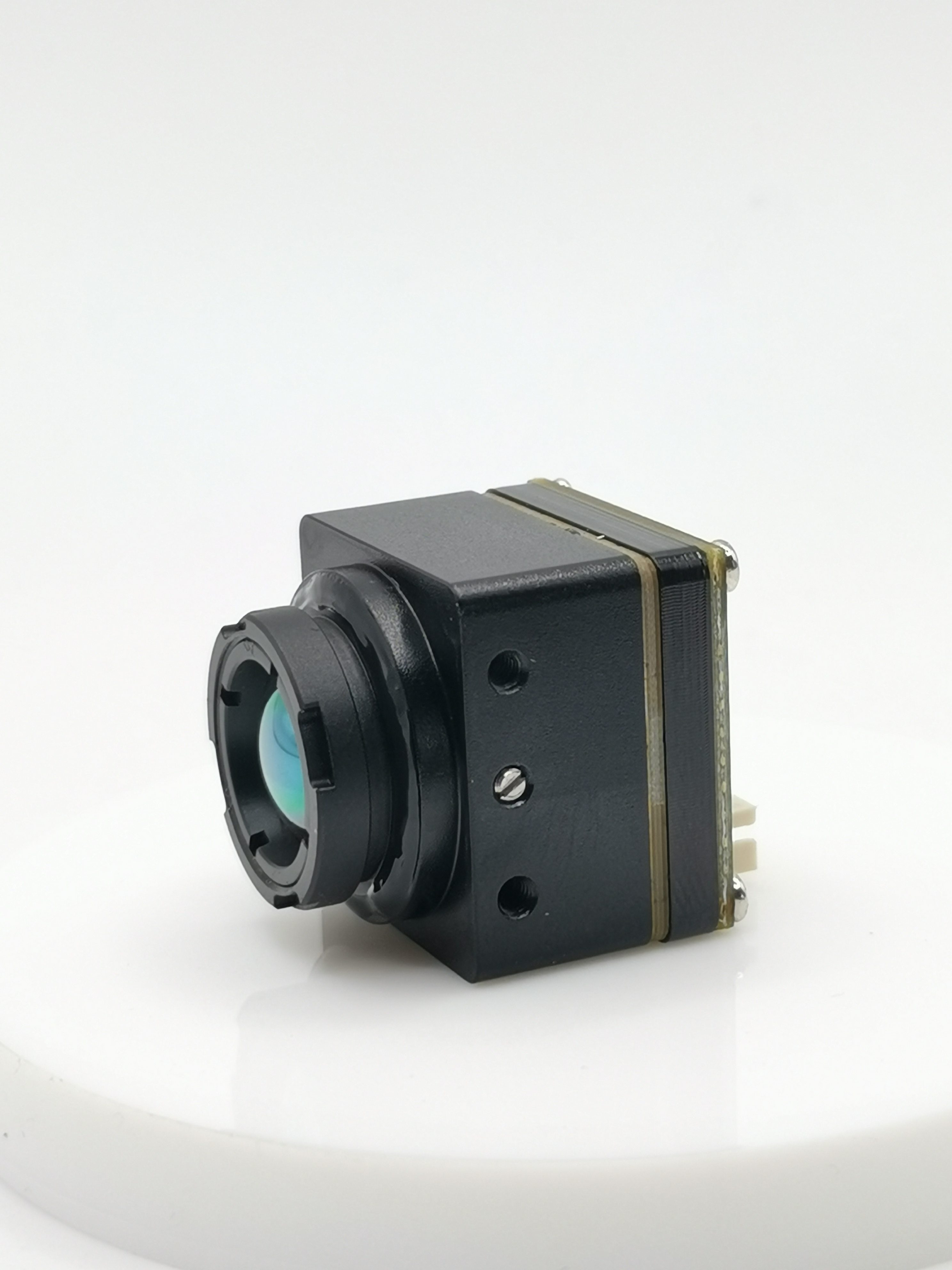Unveiling Drone Thermal Camera Prices: Your Complete Guide
Drone thermal cameras, equipped with advanced thermal or infrared imagers, play a pivotal role in various operations. From search missions to crop remote sensing, their applications are diverse and essential. Understanding the significance of these cameras is crucial for both professionals and enthusiasts alike. Moreover, the fluctuation in drone thermal camera price adds another layer of complexity to the decision-making process. As the market continues to evolve rapidly, staying informed about the best thermal paper camera options becomes paramount.
Factors Affecting Drone Thermal Camera Prices

When considering the thermal camera for drone price, it is essential to delve into the factors that influence these prices significantly. Understanding these elements can aid buyers in making informed decisions and selecting the most suitable option for their specific needs.
Camera Specifications
Resolution and Sensitivity
The resolution and sensitivity of a thermal camera play a crucial role in determining its price point. Higher resolution cameras with enhanced sensitivity levels typically come at a premium cost due to their advanced capabilities. These cameras offer sharper images and better detection of thermal variances, making them ideal for professional applications where precision is paramount.
Frame Rate
Another key aspect that impacts drone thermal camera price is the frame rate of the camera. Cameras with higher frame rates provide smoother video footage and real-time imaging, which can be advantageous in dynamic scenarios such as surveillance or search operations. However, this increased performance often comes with a higher price tag, reflecting the technological sophistication required to achieve such rapid image processing.
Drone Compatibility
Mounting Options
The compatibility of a thermal camera with different drone models and mounting options can also affect its pricing. Cameras that offer versatile mounting solutions for various drones may be priced higher due to their universal appeal and ease of integration. Buyers seeking flexibility in using the same camera across multiple drone platforms may find this feature worth the investment.
Integration with Drone Systems
Furthermore, the seamless integration of a thermal camera with drone systems can contribute to its overall cost. Cameras that are specifically designed to work harmoniously with specific drones, leveraging their full functionality and control features, may command a premium price. This integration ensures optimal performance and reliability during flights, enhancing the overall user experience.
Market Trends
Technological Advances
Advancements in thermal imaging technology drive innovation in drone thermal cameras, influencing their pricing dynamics. Newer models equipped with cutting-edge features such as improved image processing algorithms or extended battery life may be priced higher than older versions. Buyers looking for state-of-the-art capabilities should consider investing in cameras that reflect these latest technological trends.
Consumer Demand
Consumer preferences and market demand also play a significant role in shaping drone thermal camera prices. Popular models that cater to specific industry requirements or offer unique functionalities may command higher prices due to increased demand. Understanding current market trends and consumer preferences can help buyers navigate through a myriad of options available and select a thermal camera that aligns with their needs.
Types and Comparisons of Drone Thermal Cameras

Drone enthusiasts and professionals alike are often faced with the decision of selecting the most suitable thermal camera for their aerial missions. Understanding the distinctions between entry-level thermal cameras, mid-range options, and high-end models is essential to make an informed choice based on individual requirements.
Entry-Level Thermal Cameras
Features and Prices
The entry-level segment offers a range of affordable thermal cameras that provide basic functionalities for beginners or hobbyists entering the drone imaging field.
These cameras typically have lower resolution capabilities but still offer valuable thermal imaging for various applications.
Zenmuse H20T: A multi-sensor payload featuring a thermal camera alongside a zoom and wide camera, designed for versatile missions.
Zenmuse H20N: Offers night-vision capabilities with both thermal and starlight sensors, ideal for operations in low-light conditions.
Best Thermal Paper Camera Models
When exploring entry-level options, consider models like Autel L35T, known for its high-resolution thermal imaging and long-range visual capabilities, suitable for detailed inspections.
These cameras provide users with a cost-effective solution to incorporate thermal imaging into their drone operations without compromising on quality or performance.
Mid-Range Thermal Cameras
Features and Prices
Mid-range thermal cameras offer a balance between performance and affordability, catering to users who require more advanced features than entry-level models.
These cameras boast improved resolution, sensitivity levels, and integration capabilities compared to their entry-level counterparts.
Zenmuse XT2: Combines thermal and visual imaging in one, providing powerful data for various applications.
Popular Models
Consider exploring popular mid-range models such as FLIR Vue TZ20 Dual Thermal Camera, which offers high-resolution thermal imaging at a competitive price point.
With enhanced features like radiometric temperature measurements in real-time, these cameras are favored by professionals seeking reliable thermal solutions for their drone missions.
High-End Thermal Cameras
Features and Prices
High-end thermal cameras represent the pinnacle of drone imaging technology, offering unparalleled performance and cutting-edge features.
These premium models deliver superior image quality, extended range capabilities, and advanced integration options tailored for professional use cases.
Top Models
For those prioritizing top-tier performance, investing in high-end models like FLIR Vue TZ20 Dual Thermal Camera can elevate the quality of aerial thermography.
With features such as high-resolution thermal imaging invisible to the naked eye and precise temperature measurements, these cameras set a new standard in drone thermal imaging technology.
Best Practices for Choosing a Drone Thermal Camera
Assessing Needs
Application-Specific Requirements
When selecting a drone thermal camera, it is essential to consider the specific requirements of your intended applications. Different industries and tasks demand varying levels of thermal imaging precision and functionality. For instance, search and rescue operations may necessitate cameras with high-resolution capabilities to detect individuals accurately in challenging environments. On the other hand, agricultural applications like crop monitoring might benefit from cameras optimized for capturing detailed thermal data over large areas. By aligning the camera specifications with your application-specific needs, you can maximize the efficiency and effectiveness of your aerial missions.
Budget Considerations
Budget considerations play a significant role in the decision-making process when investing in a drone thermal camera. While it is tempting to opt for the most advanced and feature-rich model available, it is crucial to assess whether those additional features align with your operational requirements. Conducting a cost-benefit analysis can help determine the optimal balance between price and performance. By evaluating the long-term value that a thermal camera provides relative to its initial cost, you can make an informed decision that meets both your budget constraints and operational objectives.
Evaluating Features
Key Specifications
When evaluating drone thermal cameras, focusing on key specifications can guide you towards selecting the most suitable option for your needs. Parameters such as resolution, sensitivity levels, spectral range, and temperature measurement accuracy are critical factors that influence the camera's performance in various scenarios. Higher resolution cameras offer sharper image quality, while enhanced sensitivity enables better detection of temperature differentials. Understanding these key specifications and how they align with your operational requirements is vital in choosing a thermal camera that delivers optimal results for your aerial missions.
Brand Reputation
The reputation of the brand behind the drone thermal camera can provide valuable insights into its quality, reliability, and customer support services. Established brands with a track record of delivering innovative imaging solutions are more likely to offer products that meet industry standards and customer expectations. By researching customer reviews, industry feedback, and expert opinions on different brands, you can gain a better understanding of their reputation within the market. Opting for a reputable brand ensures not only product quality but also access to comprehensive technical support and warranty services that enhance the overall user experience.
In recent years, the Thermal Imaging Cameras for Drone market has experienced remarkable growth due to consumer appreciation for visually appealing design, enduring durability, and environmentally conscious features. As buyers navigate through an array of options available in this evolving market landscape, following best practices in assessing needs and evaluating features can empower them to make informed decisions when choosing a drone thermal camera tailored to their specific requirements.
Recent trends in the global "Thermal Imaging Cameras for Drone Market" report showcase a consistent and robust growth trajectory, projecting positive developments expected to persist until 2031. As buyers conclude their exploration of drone thermal cameras, it is essential to recap key considerations. Recommendations emphasize aligning camera specifications with specific needs and conducting thorough brand research. Looking ahead, future trends indicate continued innovation in thermal imaging technology, offering users enhanced capabilities and performance for diverse applications. Stay informed and proactive to leverage the evolving landscape of drone thermal cameras effectively.
See Also
Top Thermal Drone Camera Prices: U01-3.6/U01-10 Imaging
Comparing FPV and Top Thermal Drone Cameras: Revealing Features
Ultimate Tips for Selecting Top Drone with Thermal Camera
Contact Us: Ms. Coco Huang
E-mail: sales@iasun.cn
WhatsApp/Wechat: +86 13510421923

